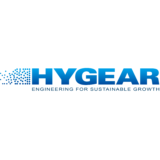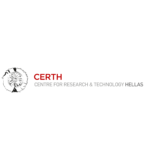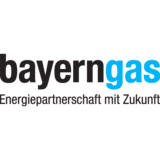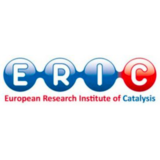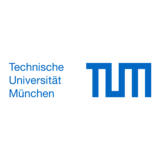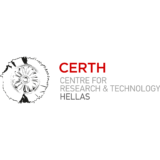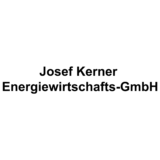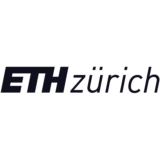Technology
EReTech will prove substantial improvements, not only over the conventional fired reformers, but also over other electrically-heated SMR configurations reported in the scientific and patent literatures.
E‑FURNACES / TUBES
E‑STRUCTURE
SYPOX
The EReTech project aims to develop and demonstrate a new, decentralizable, scalable electrified reactor technology for producing hydrogen (H2) using renewable biogas as feedstock. It aligns with objectives related to process intensification, cost reduction, environmental impact reduction, and renewable energy sources. The project targets significant improvements in key performance indicators (KPIs), including a 40% reduction in CO2 emissions, over 50% reduction in reactor size, and approximately 50% reduction in energy input. Specific objectives include reactor design optimisation, development of novel catalysts, advancement in process understanding, and enhancement of energy efficiency, product yield, and reactor robustness.The project also focuses on pilot testing, industrial scalability, integration with renewable electricity sources, and up-and-downstream processing. Safety feasibility is addressed through inherently safer design concepts and rigorous safety engineering strategies. Additionally, the project aims to demonstrate industrial and techno-economic feasibility, showing that the electrified reactor technology can significantly reduce CO2 emissions without increasing operational costs.Advancements compared to traditional steam methane reforming (SMR) include higher energy efficiency, smaller reactor size, simplified process configuration, lower capital and operational expenses, easier monitoring and control, and improved safety. The project targets Technology Readiness Level 6 (TRL6) by the end of the project, demonstrating the technology in an industrially relevant environment. Ambitions include scaling up a 250 kW electrically heated SMR, developing containerized solutions for decentralized hydrogen production, and designing reactor and process solutions for centralized reforming plants. The consortium aims for immediate market entry post-demonstration, integrating the value chain for hydrogen production, storage, and utilization, and offering solutions for both decentralized and centralized applications.
Energy efficiency
95%
times smaller reformer
100
Process configuration
EASY
Low
CAPEX
Low
OPEX
monitoring & control
EASY
SAFETY
HIGH

EReTech
Grant agreement ID: 101058608
Start date 1 June 2022
End date 30 November 2025



